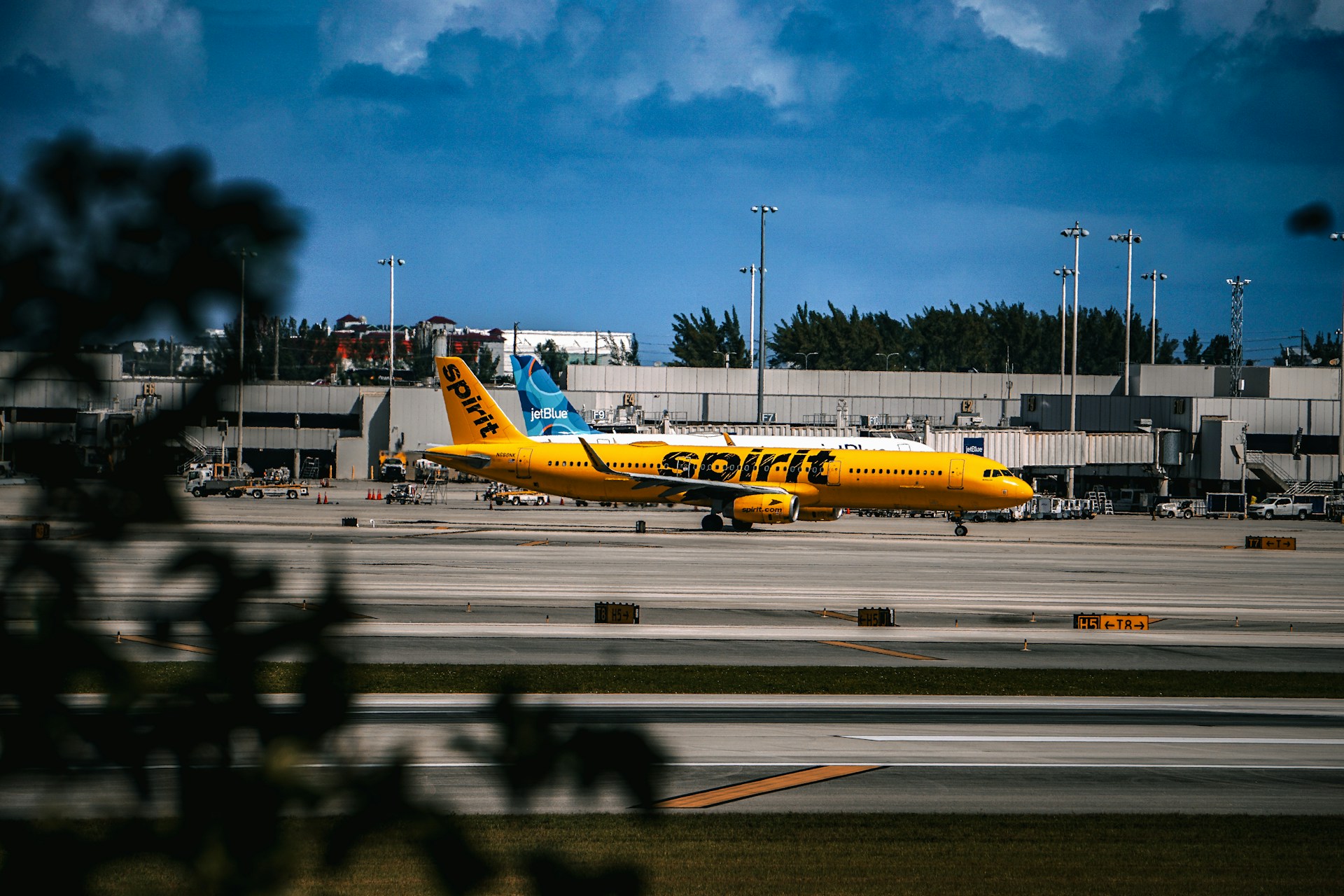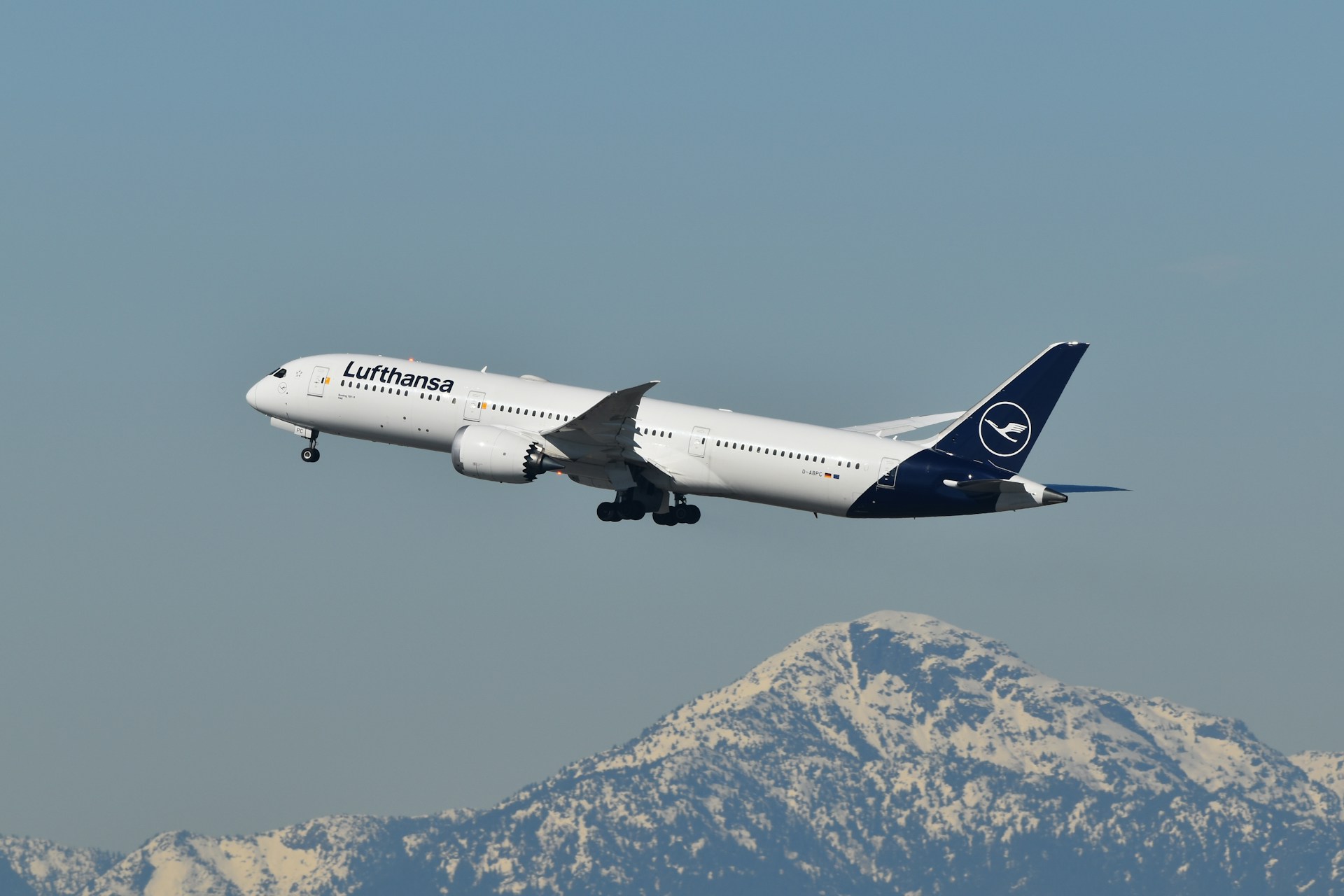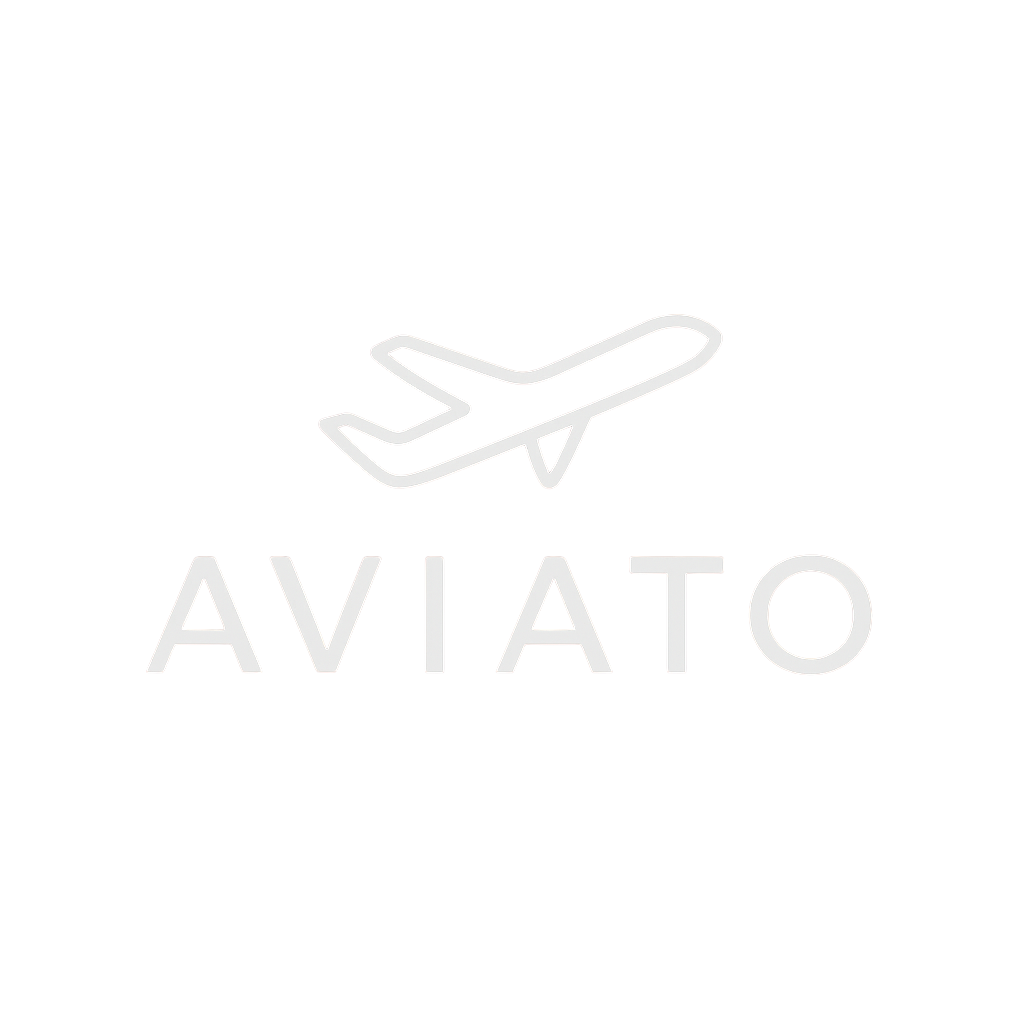Spirit Airlines Pulls Out of Minneapolis and Hartford Amid Network Restructuring
Key Takeaways
- Spirit Airlines is cutting service from Minneapolis and Hartford as part of a strategic network realignment aimed at improving profitability.
- The ultra-low-cost carrier (ULCC) continues consolidating around core hub markets after facing financial headwinds and rising operational costs.
- Travelers in Minneapolis and Hartford will lose Spirit’s budget flight options, potentially reducing competition and increasing average fares.
- These cuts mirror an industry-wide recalibration as airlines prioritize financial sustainability over rapid market growth.
- Spirit’s move aligns with broader ULCC challenges, as smaller carriers reassess route performance post-pandemic.
Spirit Scales Back to Strengthen Core Markets
Spirit Airlines’ decision to withdraw from Minneapolis-St. Paul International Airport (MSP) and Bradley International Airport (BDL) in Hartford underscores the carrier’s commitment to refining its network for long-term financial stability.
The airline, long known for its low fares and high aircraft utilization strategy, has struggled with rising fuel prices, labor costs, and competitive pressures in key markets. By eliminating underperforming routes, Spirit is seeking to redirect capacity toward its strongest-performing hubs, including Fort Lauderdale, Orlando, and Las Vegas.
This latest round of route cuts follows several months of restructuring efforts as Spirit works to stabilize its operations and regain profitability following turbulent post-pandemic years.
Cost Pressures Challenge the ULCC Model
The ultra-low-cost business model — built on high frequency, dense seating, and unbundled fares — has come under strain as costs surge across the aviation industry.
Spirit’s reliance on low base fares means its profitability is highly sensitive to operational disruptions, fuel volatility, and consumer price sensitivity. While passenger demand remains strong in many leisure markets, increased competition from major carriers’ basic economy fares has eroded the ULCC pricing advantage in several cities.
The exit from Minneapolis and Hartford, two markets dominated by Delta Air Lines and American Airlines respectively, reflects Spirit’s recognition that maintaining a presence in high-cost, competitive airports may no longer make strategic sense.
Regional Impact: Higher Fares and Reduced Connectivity
For travelers in Minneapolis and Hartford, Spirit’s departure will likely lead to fewer low-cost travel options and reduced competition on key routes.
Airfare trends historically show that when ULCCs exit a market, legacy carriers often raise prices, particularly on routes with limited alternatives. Passengers seeking budget travel may now need to fly from nearby secondary airports or rely on periodic promotions from other low-cost competitors like Southwest Airlines or Frontier Airlines.
Local airport authorities will also feel the economic impact. A reduction in flights typically affects airport revenue streams, including parking, concessions, and ground service contracts. However, these facilities may look to attract other carriers or adjust incentives to mitigate the loss.
Spirit’s Retrenchment Reflects Industry-Wide Strategy Shift
Spirit’s network reduction mirrors similar moves by other ULCCs that are scaling back in the face of rising expenses and capacity challenges.
Carriers such as Frontier Airlines and Allegiant Air have also trimmed route networks to focus on high-performing leisure markets. Across the industry, airlines are prioritizing route profitability over sheer expansion, signaling a maturing phase for the low-cost sector that once thrived on rapid growth and aggressive pricing.
Industry analysts note that this recalibration could mark the beginning of a more sustainable operational model for ULCCs — one emphasizing fewer markets but stronger financial performance.
FAQs
Why is Spirit Airlines exiting Minneapolis and Hartford?
Spirit is cutting these markets to focus on its most profitable routes and reduce exposure to high-cost, low-demand airports. The airline’s leadership cited financial efficiency as the key motivation.
Will another airline replace Spirit’s service?
There’s no immediate confirmation of replacement routes, though other carriers may eventually step in. Local airports are likely to court new entrants to restore lost capacity.
How will this affect airfare prices?
Fares may rise slightly as competition decreases. Historically, ULCC exits have resulted in higher average ticket prices on affected routes.
Is Spirit cutting routes in other U.S. cities?
Yes. The carrier continues to review its network and has reduced service in several secondary markets as part of its restructuring.
Does this indicate deeper financial trouble for Spirit?
While the route cuts reflect cost pressures, they’re part of a broader strategic refocus rather than signs of imminent distress. Spirit aims to rebuild profitability by concentrating on sustainable markets.
✈️ Bottom Line:
Spirit Airlines’ withdrawal from Minneapolis and Hartford underscores a new era for budget aviation — one defined by discipline, not just expansion. As carriers navigate higher costs and shifting consumer behavior, strategic consolidation may prove essential for survival in an increasingly competitive skies.
.zip%20-%201.PNG)



